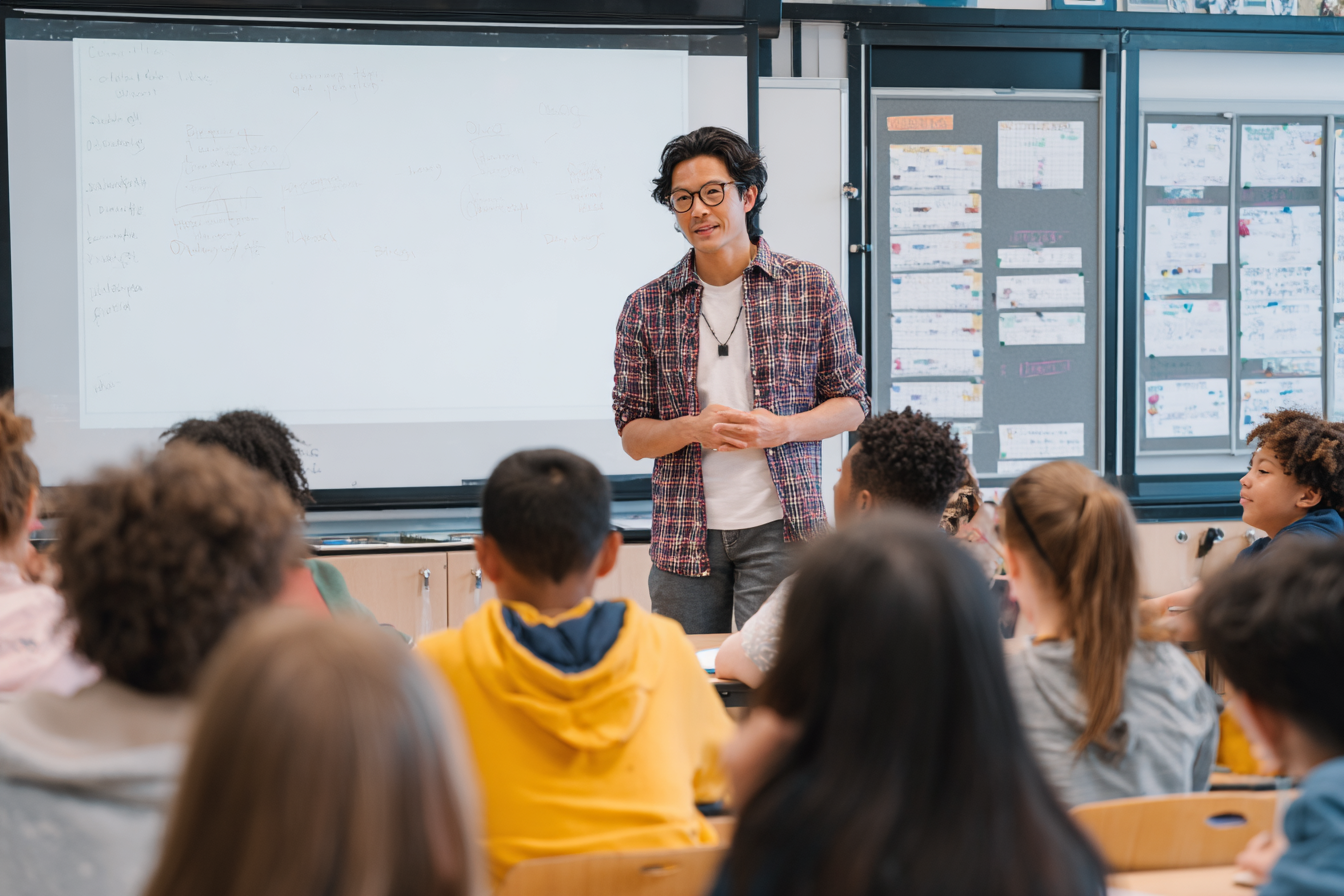Unit Plan 27 (Grade 7 Math): Compound Events—Lists, Tables, and Simulation
7th graders model compound events using organized lists, tables, and tree diagrams. They compute probabilities, run simulations, and compare experimental results to theory, explaining discrepancies through independence, fairness, and sample size.

Focus: Find probabilities of compound events using organized lists, tables, tree diagrams, and simulations.
Grade Level: 7
Subject Area: Mathematics (Statistics & Probability • Chance & Data)
Total Unit Duration: 5 sessions (one week), 45–60 minutes per session
I. Introduction
Students move beyond simple events to compound events (“A and B,” “A or B”) by building sample spaces and analyzing paths on tree diagrams. They compute probabilities from organized lists, two-way tables, and trees, then simulate processes (coins, dice, spinners, draws from a bag) to approximate probabilities and compare to theoretical values. Attention is paid to equally likely vs not, independent vs without replacement, and to why simulations differ from theory in the short run.
Essential Questions
- How do organized lists, tables, and tree diagrams help us see all outcomes without missing any?
- When can the probability of two events “both happening” be found by multiplying individual probabilities, and when not?
- How can simulation approximate a probability, and why might it differ from theory?
II. Objectives and Standards
Learning Objectives — Students will be able to…
- Describe a compound event and build a complete sample space using organized lists, two-way tables, or tree diagrams.
- Compute probabilities of compound events from the sample space (for example, both, either, at least one).
- Explain when events are independent (for example, two coin flips) and when they are not (for example, draws without replacement).
- Design and run a simulation (physical or digital) to estimate the probability of a compound event; compare experimental (simulated) results to theoretical predictions.
- Communicate conclusions with fractions/decimals/percents, describe discrepancies, and suggest improvements (more trials, better model).
Standards Alignment — CCSS Grade 7
- 7.SP.8a: Understand that the probability of a compound event is the fraction of outcomes in the sample space for which the compound event occurs; represent sample spaces using lists, tables, and tree diagrams.
- 7.SP.8b: Represent sample spaces for compound events; identify outcomes; find probabilities.
- 7.SP.8c: Design and use a simulation to generate frequencies for compound events and estimate probabilities.
- Mathematical Practices emphasized: MP.1 (make sense), MP.3 (justify), MP.4 (model), MP.5 (use tools), MP.6 (precision), MP.7 (structure).
Success Criteria — Student Language
- I can build a complete sample space with a list, table, or tree and not miss outcomes.
- I can find the probability of both, either, or at least one happening from my representation.
- I can explain when events are independent and how that changes the calculation.
- I can simulate a compound event, record results, and compare to a theoretical answer.
- I can write a clear conclusion with a percent and a short note about why results differ.
